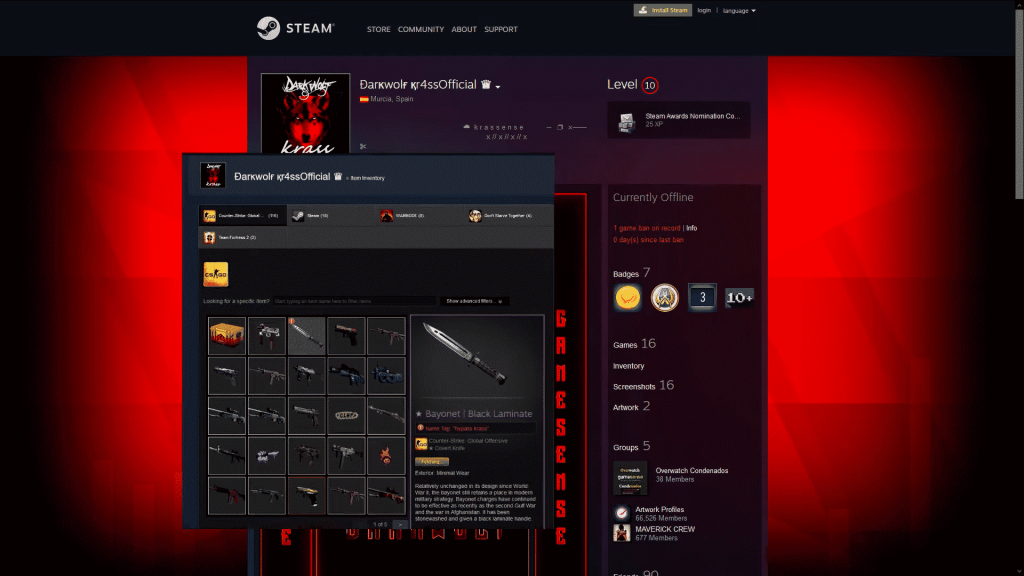

We soaked several rusty steel components in each one, following the manufacturers' directions and diluting if required. We rounded up five readily available rust removal products to find out if they work as well as their manufacturers claim when it comes to removing surface rust. Some come in concentrated stain remover formulas while others are prediluted in the factory. Some contain hydrochloric acid or phosphoric acid that eats away at rust stain like termites gnawing on a rotten stump, while others use a fancy-sounding process called chelation to chemically break iron oxide down.

There are many versions of this sort of rust removal product, which are like a whole lot of elbow grease stain removal crammed into a little bottle. Really, you can't go wrong with any of these rust removal products. Removing rust with chemical rust removers is as simple as tossing any grungy-looking items into a bath of rust dissolver and letting the rust removal solution go to work, attacking oxidation without harming the base material and often without affecting rubber, plastic or even a painted surface. A range of products is available today that can eliminate stubborn oxidation rust spots on tools, car parts, antiques and, well, basically anything made of iron, all without the need to painstakingly grind rust stains away or sandblast down to solid metal. And if you have a rusty tool, it's only a matter of time until it's no longer useful.īut rust doesn't have to be a death sentence for a metal surface - it can be arrested and prevented. In unfavorable conditions and without adequate protection, ferrous metals can literally dissolve in thin air, turning into a heap of reddish metal object crumbles. Heavy-duty trucks, suspension bridges and even mighty warships can all be brought low by a little oxygen and moisture. Rust is a silent killer, slowly attacking iron and steel.


 0 kommentar(er)
0 kommentar(er)
